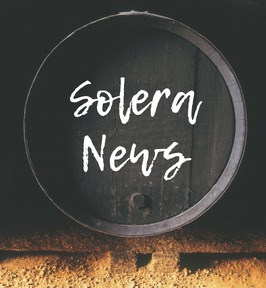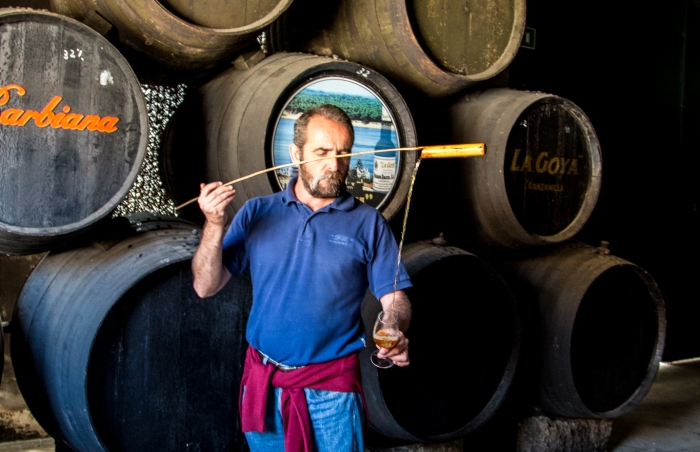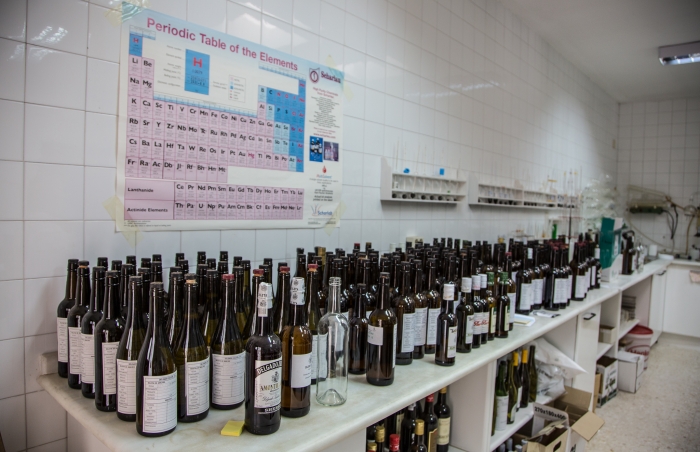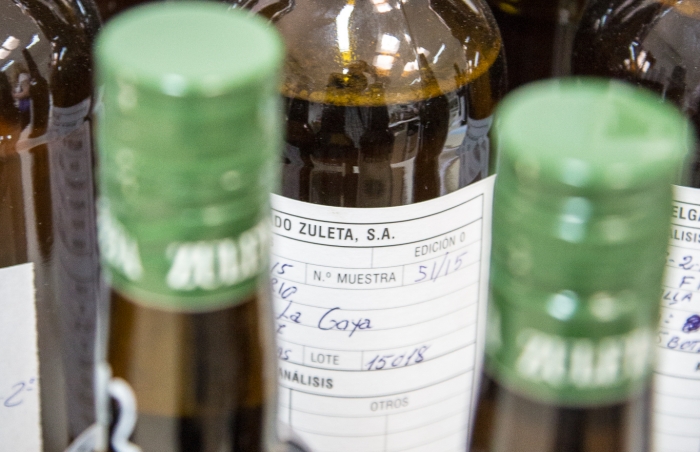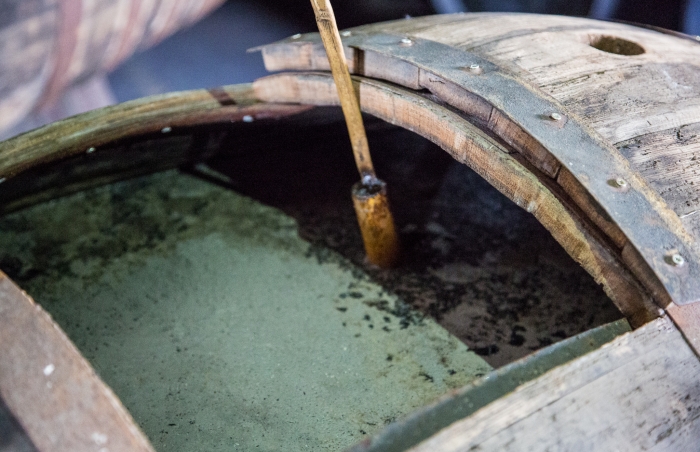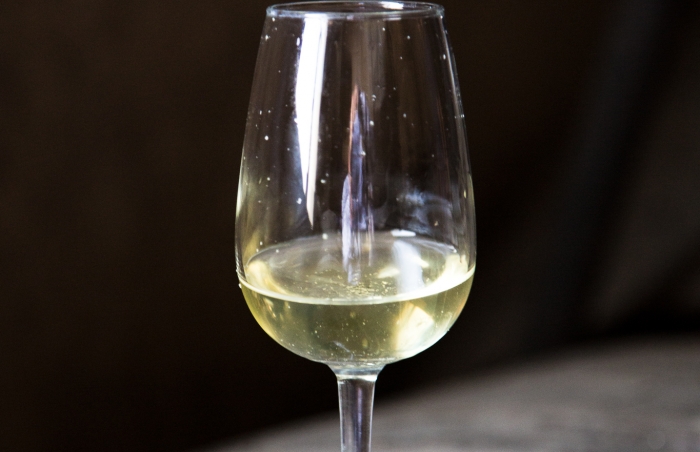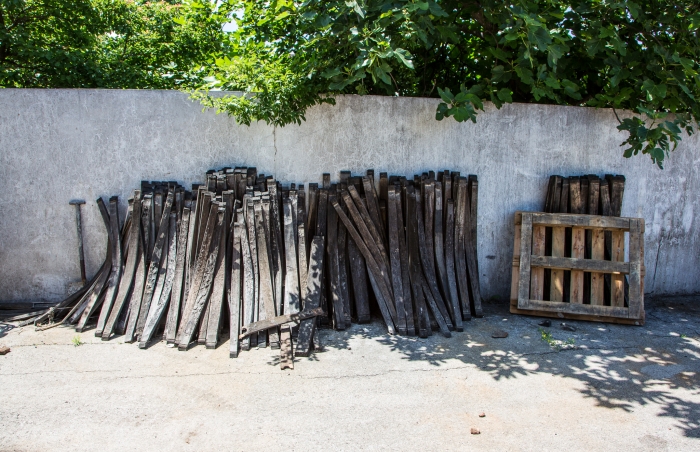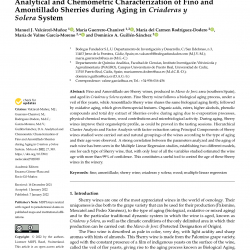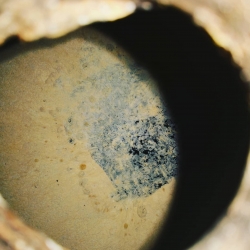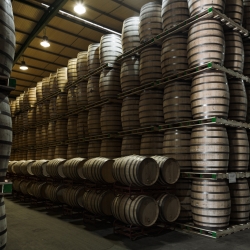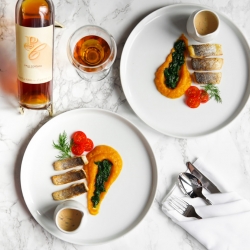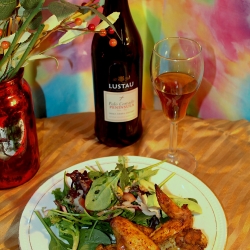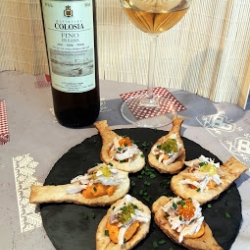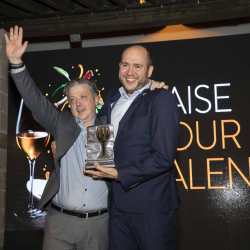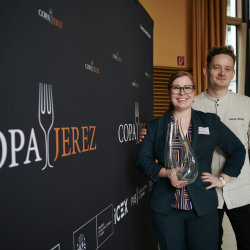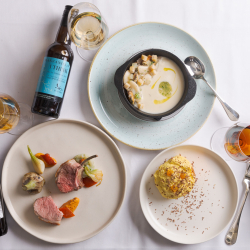Essence of Sanlúcar – behind the scenes at Delgado Zuleta
The Delgado Zuleta bodega was founded in 1744, but the company charts it commercial operations back to 1718, making it one of the five oldest companies in all of Spain. So they’ve had plenty of time to perfect their main product – Manzanilla. Whilst they do make other sherries, they are Manzanilleros through and through – 90% of their production is Manzanilla, ranging in ages from the two and half year old Zuleta to twelve year old Goya XL.
Salvador joined the bodega in July 2010, after training as a chemist and enólogo and working in the family business, Laboratorios M Real, a local analytical lab for the wine industry founded in 1933. After two years learning at the side of the retiring enólogo, Manuel Barba, Salvador took the helm. He works with a small team of bodega staff: an arrumbador who moves the barrels and runs the scales – moving the wine from one clase (the Sanluqueño term for criadera) to the next during bottling), a tonelero who repairs and cares for the barrels, and a bottler. Each of them has over 30 years’ experience working in the bodega. The tonelero has a particularly busy job, as there are no new barrels at all in the bodega. When a barrel is retired, he keeps and refurbishes any staves that are still serviceable, and when a new barrel is needed, he makes one out of the old staves. Many barrels in the bodega are between 100-200 years old.
Between the barrels and the team, my boss says I’m the newest thing in the bodega!
We start off in Salvador’s lab. The benches are packed with bottles, including some where there’s a visible layer of flor on the top of the wine. Because the samples have come straight from the barrel with no filtration, the flor regrows pretty fast.
Much as I love a lab (it’s the ex-microbiologist in me leaking out!) we were really here to get in amongst the barrels. Salvador walked us through the entire complex, one bodega at a time, as we tasted Manzanillas from the babies of the bodega right through to the finest old lady.
Like many Manzanilleros, Delgado Zuleta used to have lots of tiny bodegas scattered around Sanlúcar, in both the Barrio Alto at the top of town and the Bajo de Guia down by the waterside. In the 70s they built a new complex up at the top of the town, and began consolidating all the wines into the new site. It was painstaking work, with every barrel emptied, cleaned, repaired, moved and refilled. The job was finally completed in 2004.
We began our tasting odyssey in the Bodega Tio Paco, where they age their biggest selling wine – the young Manzanilla Zuleta. At two and a half years average age it’s fresh and still fruity, with a citrus zing and only a little of the salinity we associate with Manzanilla. The bodega holds 1200 barrels and the very next day they were due to start bottling and running the scales. The system has three clases (Solera, 1st and 2nd) and it takes four days per scale, moving 50,000 litres of wine per day.
We moved on to Bodega 250 Aniversario where they mature Barbiana and La Goya. Barbiana has five years average age whilst La Goya has eight. And then, hidden deep in the bodega, we found the Goya XL – a ‘reserve’ version of La Goya aged for an average of twelve years.
In Sanlúcar, the flor grows thickly at all times of the year, but in May and June it’s at its thickest and most active. We were lucky to be tasting in May, when it’s at its most expressive. As in any bodega, the microclimate means that the wine tastes different from barrel to barrel, and with the Barbiana I got to choose which barrel we tasted. I made a good choice, even if I do say so myself! The fruitiness we tasted in the Zuleta was all gone, replaced by a rounded, subtle wine which much more pronounced salinity. Lovely.
Then it was time for La Goya, the bodega’s most famous wine. Launched in 1919, it’s named in tribute to a famous singer and friend of the family who often came to and hosted parties in the bodega. The La Goya system is fed by Manzanilla Zuleta, but the additional years of ageing lend a lovely complexity to what is still a delicate and refreshing wine despite its age. On the nose it was an intriguing mix of creamy, savoury and white flower aromas. On the palate it was like smoked salted almonds. I drink a reasonable amount of La Goya, but the complexity when tasting it unfiltered from the barrel and a little warmer was a revelation. In fact Salvador recommends drinking La Goya at 10-12 degrees, rather than fridge-cold which is how we normally drink Manzanilla.
As often happens when touring a bodega with the winemaker, we spent a lot of time chatting about life, the universe and everything bodega-related. These rows of barrels are Salvador’s office – he knows them all and their peculiarities. And it was here that we met the monsters. Don’t worry, this isn’t the point where the article turns into a trashy science fiction cartoon, and the monsters were pretty tiny. Salvador started lifting the plugs from the tops of barrels, looking at the base for a moment and replacing them, until he found what he was looking for. In a small number of barrels, you can find a white bloom on the base of the plug, and this indicates the presence of microscopic spider-like organisms called acaros. Whilst Salvador calls them monsters they do something pretty remarkable and delicious – they impart a distinctive lemongrass aroma and flavour to the wine.
After our delicious encounter with the monsters, we moved on to little enclave where Goya XL is matured. There are only 130 barrels of this 12 year old Manzanilla, which launched only a couple of years ago. La Goya selected for XL ages through four more clases before bottling, and because of the wine’s age the flor lies much thinner with visible holes. This creates a wine on its way to Amontillado, with a rich golden colour and flavours of roasted nuts and caramel alongside the classic La Goya flavours that still remain.
And so as we wandered back to the offices having tasted the whole family tree of Delgado Zuleta Manzanillas, I asked Salvador the question I always ask on visits like this: What’s your desert island wine? No hesitation, no moment of reflection, he didn’t even miss a beat: La Goya.
It’s our brand, it’s the one I nurture. And it’s in the state of maturity that I really love – it’s in its prime.
I have the smell of La Goya imprinted on my memory. It’s there in my nose, all the time.
And just like that, I really wanted his job, even if there are monsters in the bodega!
The views and opinions expressed in this article are those of the authors and do not necessarily represent those of El Consejo Regulador.


30 May 2016
